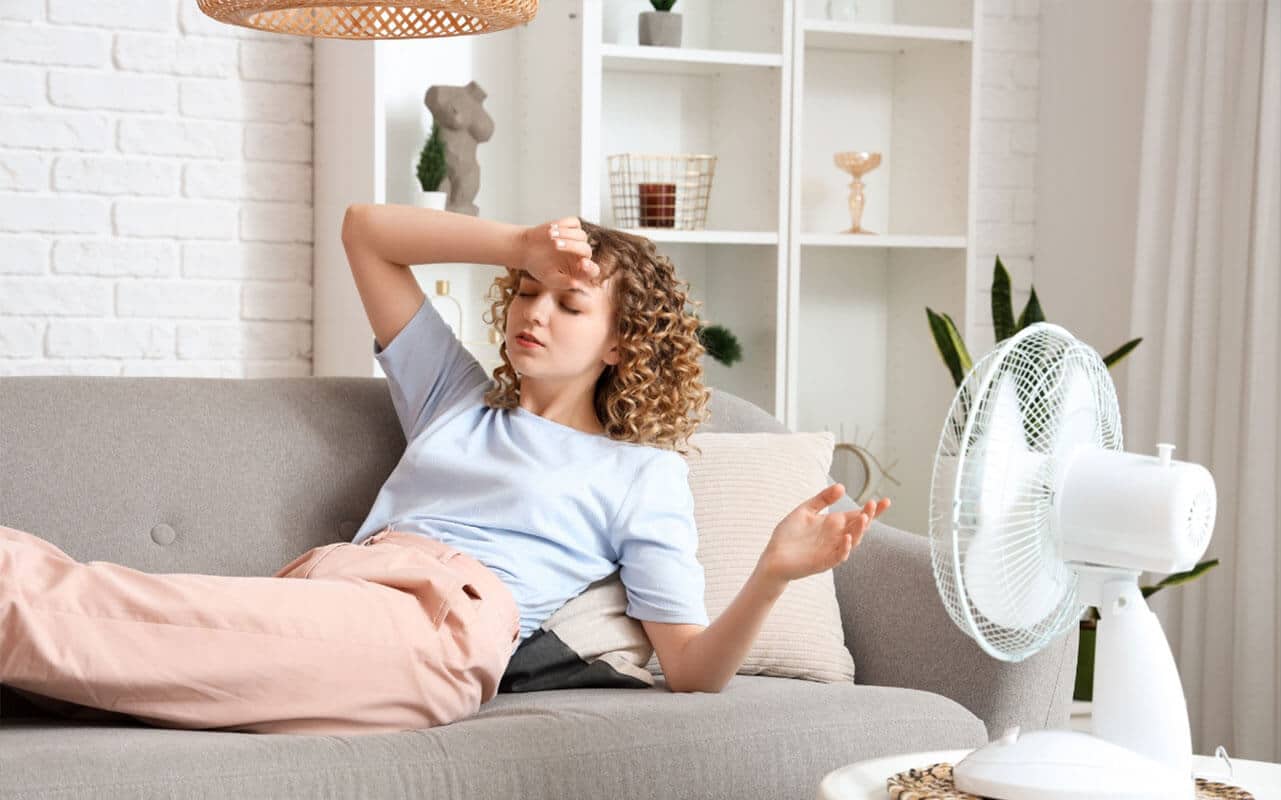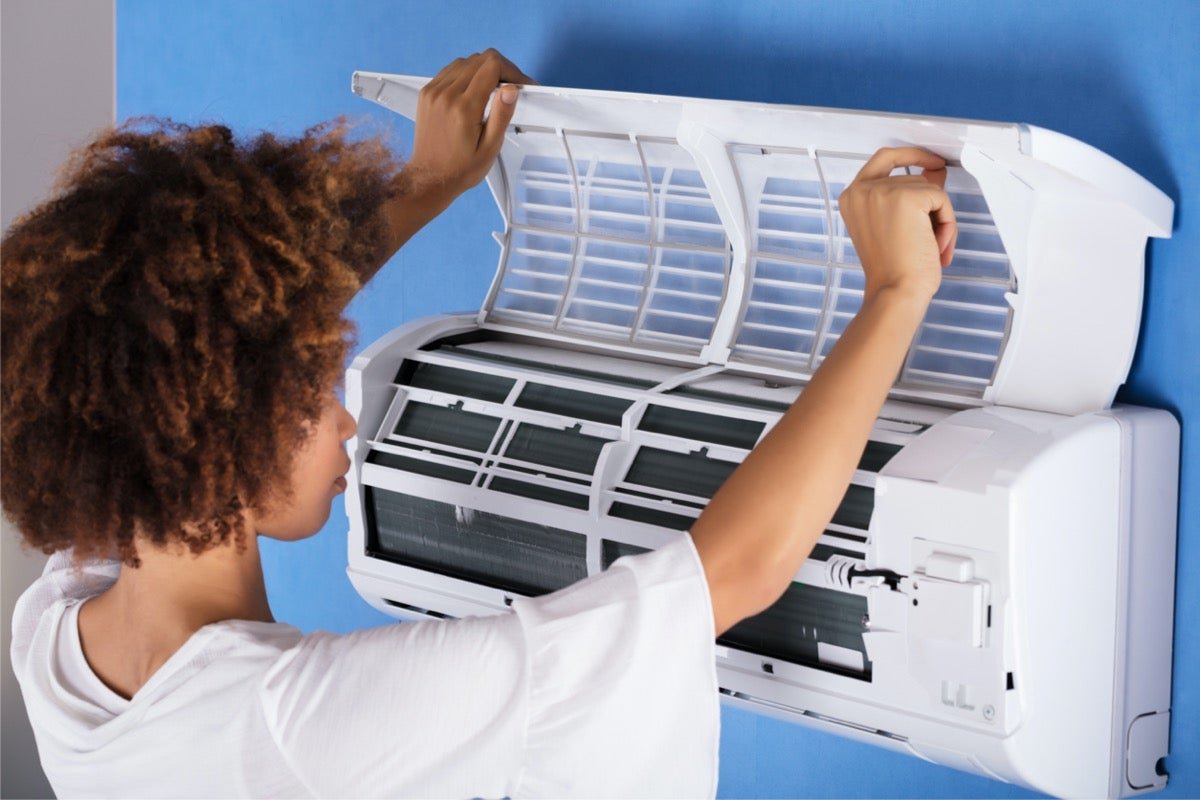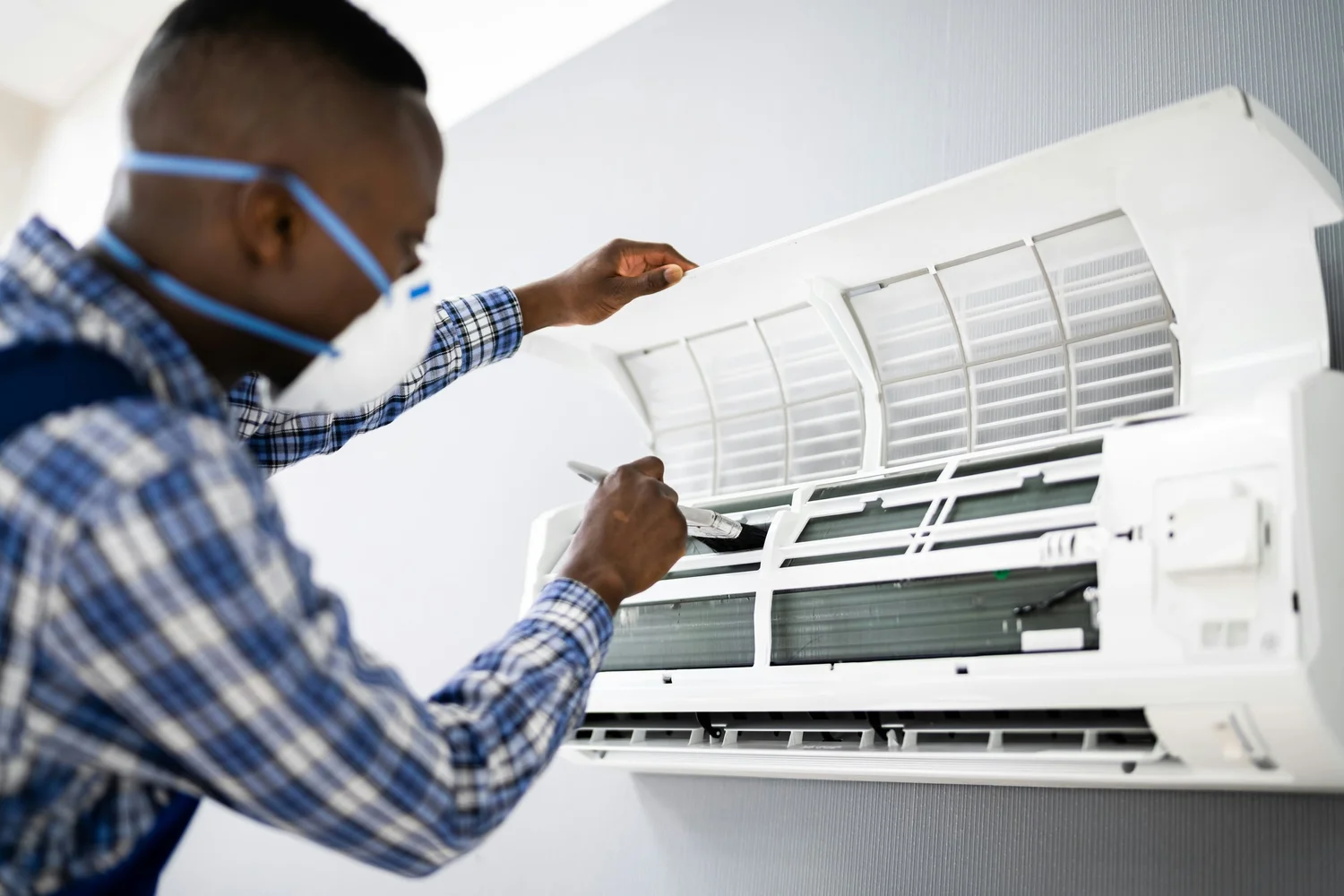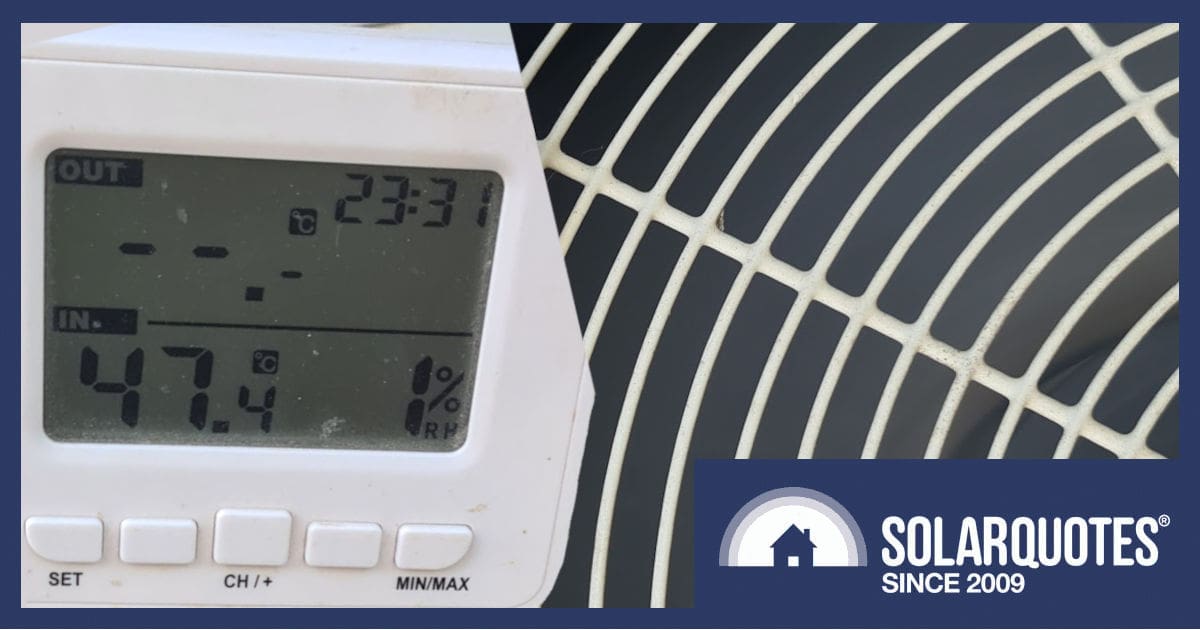Air Conditioner Struggling To Cool House

It's a sweltering summer day, and you're expecting your air conditioner to be a cool oasis. But instead, it's wheezing, blowing lukewarm air, and your house is still uncomfortably warm. This is a common problem for homeowners, and fortunately, many times the fix is something you can handle yourself. This guide will walk you through diagnosing and addressing the issue before calling in a professional.
Step 1: Initial Checks - Is It Really a Problem?
Before you dive into troubleshooting, let's rule out the obvious. Sometimes the problem isn't a mechanical failure, but something simpler.
Check Your Thermostat
It sounds simple, but it's often overlooked. Make sure your thermostat is:
- Set to "Cool" and not "Heat" or "Fan Only."
- Set to a temperature that's lower than the current room temperature. Try lowering it a few degrees below what you perceive as comfortable. Give it 15-20 minutes to see if the AC kicks in and blows cold air.
- Powered on and not displaying a low battery warning (if battery-operated). Replace the batteries if necessary.
A simple thermostat setting can save you time and money!
Inspect Air Vents and Registers
Make sure all your air vents are open and unobstructed. Furniture, rugs, and curtains can block airflow, making it harder for the AC to cool your home evenly. Check every room, not just the one that feels warmest.
Pro Tip: Close vents in rooms you don't use to direct more cooling power to occupied areas.
Step 2: Inspecting the Air Filter - The Prime Suspect
A dirty air filter is the most common culprit behind a struggling AC. A clogged filter restricts airflow, forcing your AC to work harder and reducing its cooling capacity. It can also lead to ice buildup on the evaporator coil, further hindering performance.
Locate Your Air Filter
Your air filter is usually located in one of two places:
- Inside the indoor air handler (the unit that blows air through your vents). Look for a panel that can be opened or slid out.
- In a wall or ceiling vent, often near the return air duct (the large duct that sucks air back into the system).
Remove and Inspect the Filter
Carefully remove the filter. Hold it up to the light. Can you see through it easily? If not, it's dirty and needs to be cleaned or replaced.
Clean or Replace the Filter
Disposable filters: Replace with a new filter of the correct size and type. The size should be printed on the side of the old filter.
Washable filters: Clean the filter with water and mild detergent. Allow it to dry completely before reinstalling. *Never* put a wet filter back into your system.
Pro Tip: Change your air filter every 1-3 months, depending on usage and the type of filter. If you have pets or allergies, change it more frequently.
After replacing or cleaning the filter, wait at least 30 minutes to an hour to see if your AC's performance improves.
Step 3: Checking the Outdoor Unit (Condenser)
The outdoor unit, also known as the condenser, plays a critical role in cooling your home. Obstructions and debris can prevent it from working efficiently.
Safety First!
Important: Before inspecting or cleaning the outdoor unit, turn off the power to the unit at the breaker box. This is a safety precaution to prevent electric shock.
Clear Debris Around the Unit
Remove any leaves, grass clippings, branches, or other debris that may be blocking the condenser coils. Give the unit at least 2-3 feet of clearance on all sides.
Clean the Condenser Coils
The condenser coils are the fins that surround the unit. They can become covered in dirt and debris, reducing their ability to dissipate heat.
How to Clean:
- Use a garden hose with a gentle spray nozzle. Spray the coils from the inside out to push debris outwards. Avoid using a high-pressure nozzle, as it can damage the fins.
- Use a fin comb (optional). If the fins are bent, you can use a fin comb to straighten them. This will improve airflow.
Pro Tip: Avoid spraying water directly into the electrical components of the unit.
Inspect the Fan
Make sure the fan blades are not damaged or obstructed. If they are, carefully remove any obstructions. If the blades are damaged, they may need to be replaced by a professional.
After cleaning the outdoor unit, restore power and wait at least 30 minutes to an hour to see if your AC's performance improves.
Step 4: Inspecting the Indoor Unit (Evaporator Coil) - Proceed with Caution
The evaporator coil is located inside the indoor air handler. It's responsible for absorbing heat from the air. If it's frozen or dirty, it can severely impact your AC's performance.
Safety First!
Important: Before inspecting the indoor unit, turn off the power to the unit at the breaker box. This is a safety precaution to prevent electric shock.
Locate the Evaporator Coil
The evaporator coil is usually located behind a panel in the indoor air handler. You may need to remove screws or clips to access it.
Inspect for Ice Buildup
If you see ice on the evaporator coil, it's a sign that something is restricting airflow or that the refrigerant level is low.
If you find ice:
- Turn off the AC and set the thermostat to "Fan Only." This will allow the fan to run and help melt the ice.
- Check the air filter. A dirty filter is the most common cause of ice buildup.
- Ensure that the vents are not blocked. Blocked vents can also cause ice to form.
Allow the ice to melt completely (this can take several hours). Once the ice is gone, turn the AC back on and monitor its performance. If the ice returns, it indicates a more serious problem that requires professional attention.
Inspect for Dirt and Debris
If the evaporator coil is not frozen, inspect it for dirt and debris. If it's dirty, you can try to clean it with a vacuum cleaner with a brush attachment.
Important: Be very careful when cleaning the evaporator coil. The fins are delicate and can be easily damaged. Avoid using excessive force or harsh chemicals.
When to Call a Professional
While many AC problems can be resolved with DIY troubleshooting, there are certain situations that require professional expertise. If you encounter any of the following issues, it's best to call a qualified HVAC technician:
- Refrigerant Leaks: If you suspect a refrigerant leak (e.g., hissing sound, oily residue), do not attempt to fix it yourself. Refrigerant is a hazardous substance and requires specialized equipment to handle safely.
- Electrical Problems: If you notice any electrical problems, such as sparks, burning smells, or tripped breakers, do not attempt to fix them yourself. Electrical work can be dangerous and should only be performed by a qualified electrician.
- Compressor Issues: The compressor is the heart of the AC system. If it's not working properly, your AC will not cool effectively. Compressor repairs are complex and require specialized knowledge and equipment.
- Frozen Evaporator Coil That Keeps Returning: If the evaporator coil freezes repeatedly after you've addressed the air filter and airflow issues, it could indicate a more serious problem, such as a refrigerant leak or a faulty metering device.
- You've Tried Everything and It's Still Not Cooling: If you've followed all the steps in this guide and your AC is still not cooling properly, it's time to call a professional. There may be an underlying issue that requires specialized diagnosis and repair.
Preventative Maintenance
The best way to avoid AC problems is to perform regular preventative maintenance. This includes:
- Changing the air filter regularly.
- Cleaning the outdoor unit annually.
- Having your AC system professionally inspected and serviced annually.
Regular maintenance will help keep your AC running efficiently, extend its lifespan, and prevent costly repairs down the road.
Pro Tip: Consider purchasing a maintenance agreement with a local HVAC company. This will ensure that your AC system is properly maintained and that you receive priority service in case of a breakdown.
By following these steps, you can diagnose and resolve many common AC problems yourself, saving you time and money. But remember, when in doubt, it's always best to call a professional.










